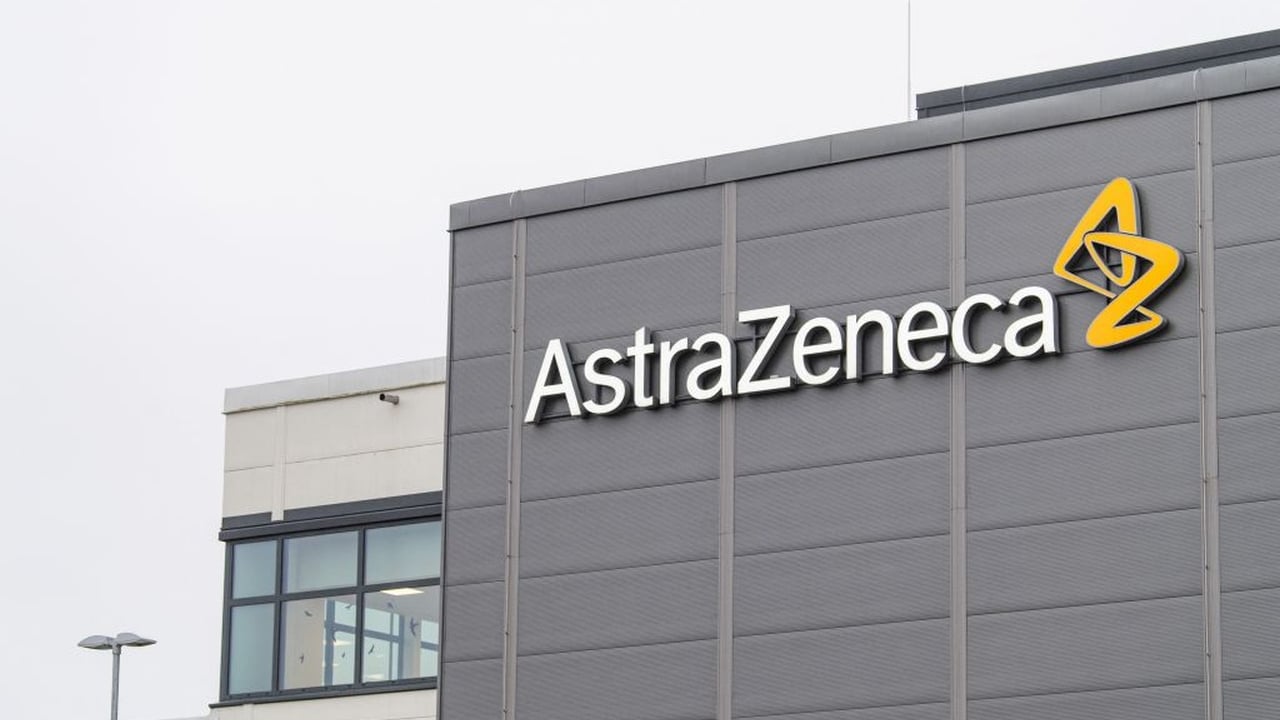AstraZeneca and Merck's Lynparza set to 'dominate' PARP market as it looks to grow cancer offerings with 100-plus ongoing trials
2024-04-24
上市批准并购临床3期临床1期临床结果

Preview
来源: FiercePharma
AstraZeneca also has a new PARP inhibitor in early trials that could help boost future lagging sales from Lynparza when it starts to lose patent protection in 2028.
AstraZeneca and Merck & Co. were the first to grab an FDA approval for their PARP inhibitor Lynparza, and, despite growing competition, the drug is set to remain top dog in the PARP space.
That’s according to a new report out by analysts at GlobalData, which predicts $4 billion in global sales for Lynparza by 2027, boosted by new licenses.
Lynparza (olaparib) was first approved for use in breast cancer gene (BRCA)-mutated metastatic ovarian cancer patients who had already been given three lines or more of chemo back in 2014.
Since then, it has racked up supplemental U.S. nods in various cancers, including in certain breast, prostate, pancreatic and ovarian tumors.
GlobalData sees the drug’s revenues in these indications to reach “over 68% of the global PARP inhibitorsPARP inhibitors market by 2027,” helping bring in that $4 billion. Most of Lynparza's sales come from ovarian and HER2-negative breast cancer treatment, the analysts said in their latest report.
It doesn’t have the market to itself, however, with GSK’s PARP inhibitor ZejulaPARP inhibitor Zejula (niraparib) holding the second position, with more than $1.6 billion in sales and 28% of the market share.
The drug, which was originally developed by Tesaro before being bought out by GSK, saw its first approval in 2017 for ovarian cancer. It has since added several new licenses within that disease space.
It’s not all been positive for Lynparza and PARPs, however. AZ and Merck back in the fall of 2022 voluntarily pulled the drug from treating heavily pretreated ovarian cancer patients, after seeing a potential “detrimental effect” on patient survival from a confirmatory phase 3 trial.
GSK and Clovis Oncology, for its drug Rubraca, had also pulled their drugs in the same patient population. Rubraca has seen the hardest path, with Clovis a year back selling off the PARP drug in a bankruptcy sale to a Swiss pharma. The drug never really picked up after its approval in 2016 and has been the weak link in the PARP market.
AZ is also working on an experimental selective PARP1 inhibitorPARP1 inhibitor, saruparib, which has shown some early promise in phase 1/2 trials for homologous recombination repair (HRR)-deficient advanced breast cancers.
“If approved, saruparib would further strengthen AstraZeneca’s lead in the PARP inhibitor market,” Podder said.
更多内容,请访问原始网站
文中所述内容并不反映新药情报库及其所属公司任何意见及观点,如有版权侵扰或错误之处,请及时联系我们,我们会在24小时内配合处理。
适应症
立即开始免费试用!
智慧芽新药情报库是智慧芽专为生命科学人士构建的基于AI的创新药情报平台,助您全方位提升您的研发与决策效率。
立即开始数据试用!
智慧芽新药库数据也通过智慧芽数据服务平台,以API或者数据包形式对外开放,助您更加充分利用智慧芽新药情报信息。





